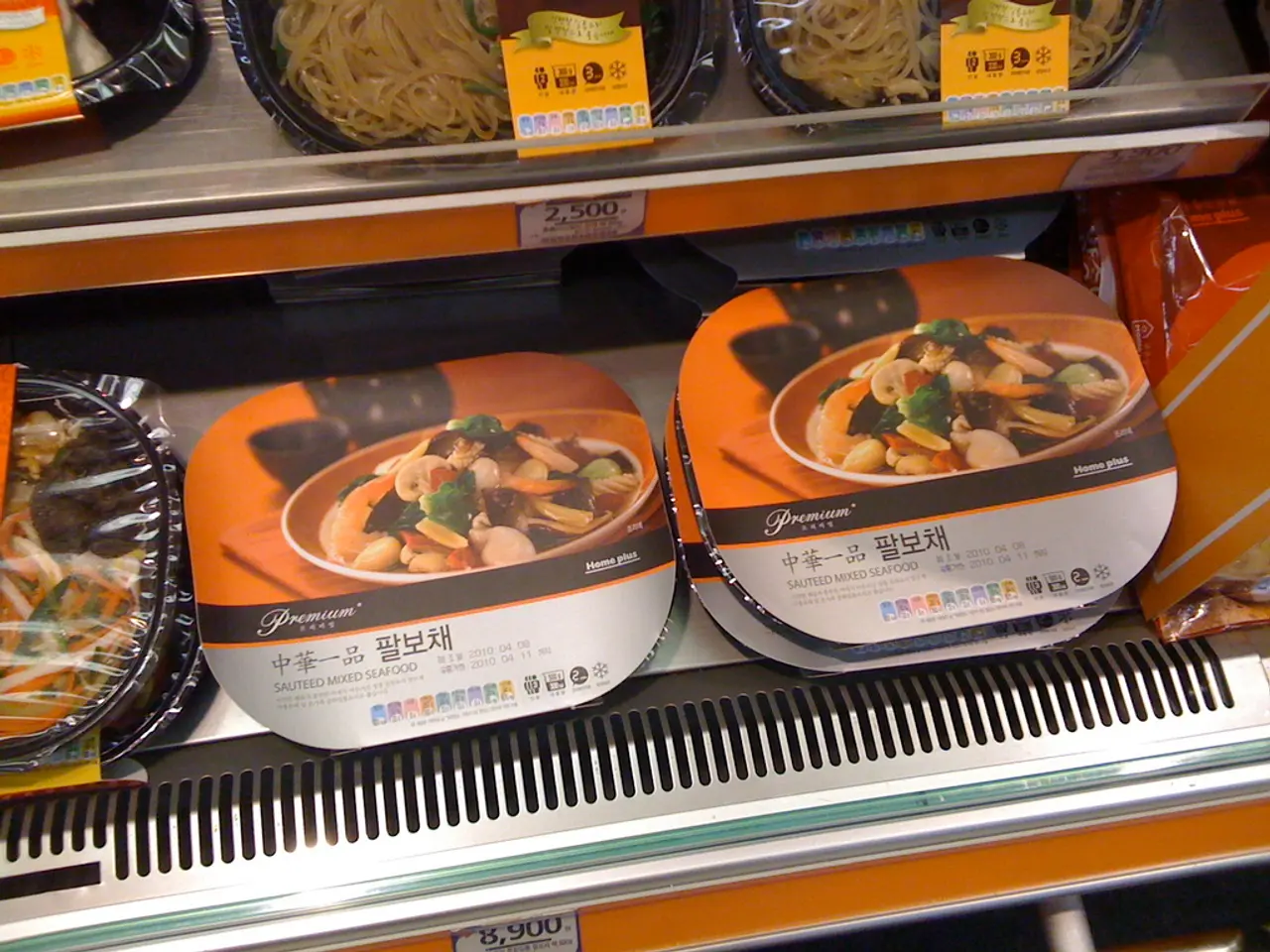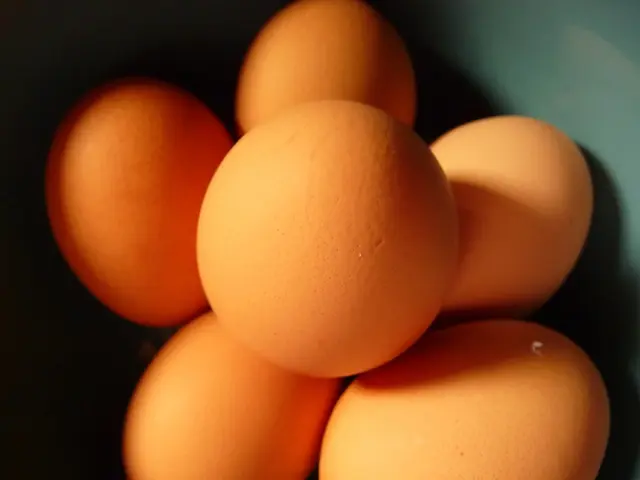Stable inflation in July is attributed to reduced gas costs
Consumer Prices Rise Slightly in July 2025
The Consumer Price Index for All Urban Consumers (CPI-U) increased by 0.2% in July 2025, according to the latest data released by the U.S. Bureau of Labor Statistics. This increase was primarily driven by a 0.2% rise in the shelter index, which was the main factor contributing to the overall monthly increase.
Regarding food prices, the overall food index remained unchanged in July. However, this net stability masked divergent movements within food categories. Food away from home prices rose by 0.3%, while food at home prices declined by 0.1% over the month.
Energy prices provided relief to consumers, falling by 1.1% in July. Gasoline prices decreased notably by 2.2%. Over the past 12 months, the energy index actually decreased 1.6%, indicating energy prices were a moderating factor in inflation.
Housing costs, not imports subject to tariffs, remained the main contributor to July's uptick in the CPI-U. The shelter index increased 0.2% in July, reflecting higher rents and owners' equivalent rent. Electricity costs remained nearly unchanged for the month.
Within the "food at home" category, beverages, cereals, and baked goods saw declines, but dairy and meat costs edged higher. Meats, poultry, fish, and eggs increased by 0.2% in July. While meats (especially beef) saw gains, eggs actually fell 3.9%. Dairy and related products saw the highest increase in July, rising by 0.7%. The price of milk notably increased by 1.9%.
Fruits and vegetables remained flat in July, with no overall change (0.0%). Nonalcoholic beverages and beverage materials also saw a decrease of 0.5% in July. Other food at home decreased by 0.5% over the month.
Core inflation (excluding food and energy) increased 0.3% in July, with notable monthly increases in medical care, airline fares, recreation, and used vehicles. On a year-over-year basis, core prices rose 3.1%.
The CPI-U rose 2.7% over the last 12 months, matching the rate from June. This increase was driven by a variety of factors, including the rise in shelter costs, increases in medical care, and the decrease in energy prices.
In summary, modest shelter cost increases outweighed declines in energy and stable food prices, leading to the 0.2% overall rise in consumer prices in July 2025.
| Component | Monthly Change (July 2025) | |-----------------------|----------------------------| | Overall CPI | +0.2% | | Shelter index | +0.2% (main contributor) | | Food index | 0.0% (food away from home +0.3%, food at home -0.1%) | | Energy index | -1.1% (gasoline -2.2%) | | Core inflation (excl. food and energy) | +0.3% |
[1] U.S. Bureau of Labor Statistics. (2025). Consumer Price Index - July 2025. Retrieved from www.bls.gov/cpi
[2] U.S. Bureau of Labor Statistics. (2025). Consumer Price Index Breakdown by Item: July 2025. Retrieved from www.bls.gov/cpi/tables/home.htm
[3] U.S. Bureau of Labor Statistics. (2025). Consumer Price Index - 12-Month Summary: July 2025. Retrieved from www.bls.gov/cpi/tables/home.htm#year-to-year
[4] U.S. Bureau of Labor Statistics. (2025). Consumer Price Index - 12-Month Summary: June 2025. Retrieved from www.bls.gov/cpi/tables/home.htm#year-to-year
The slight increase in consumer prices in July 2025 indicates a challenging financial environment for businesses that relied on stable costs for their operations, particularly in the food and energy sectors. Conversely, businesses involved in the housing industry might find opportunities for growth given the rise in shelter costs.




